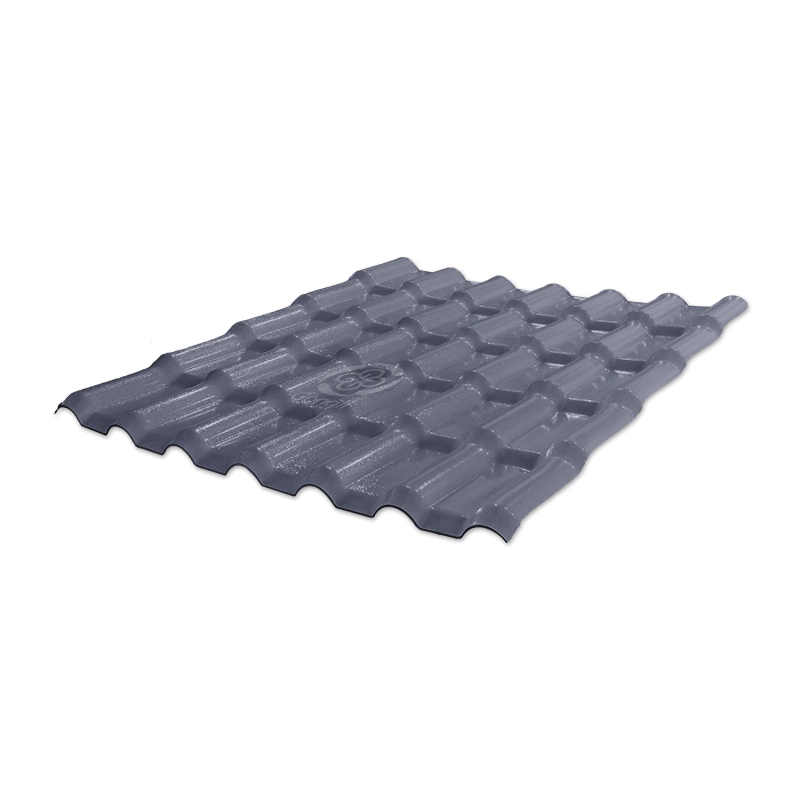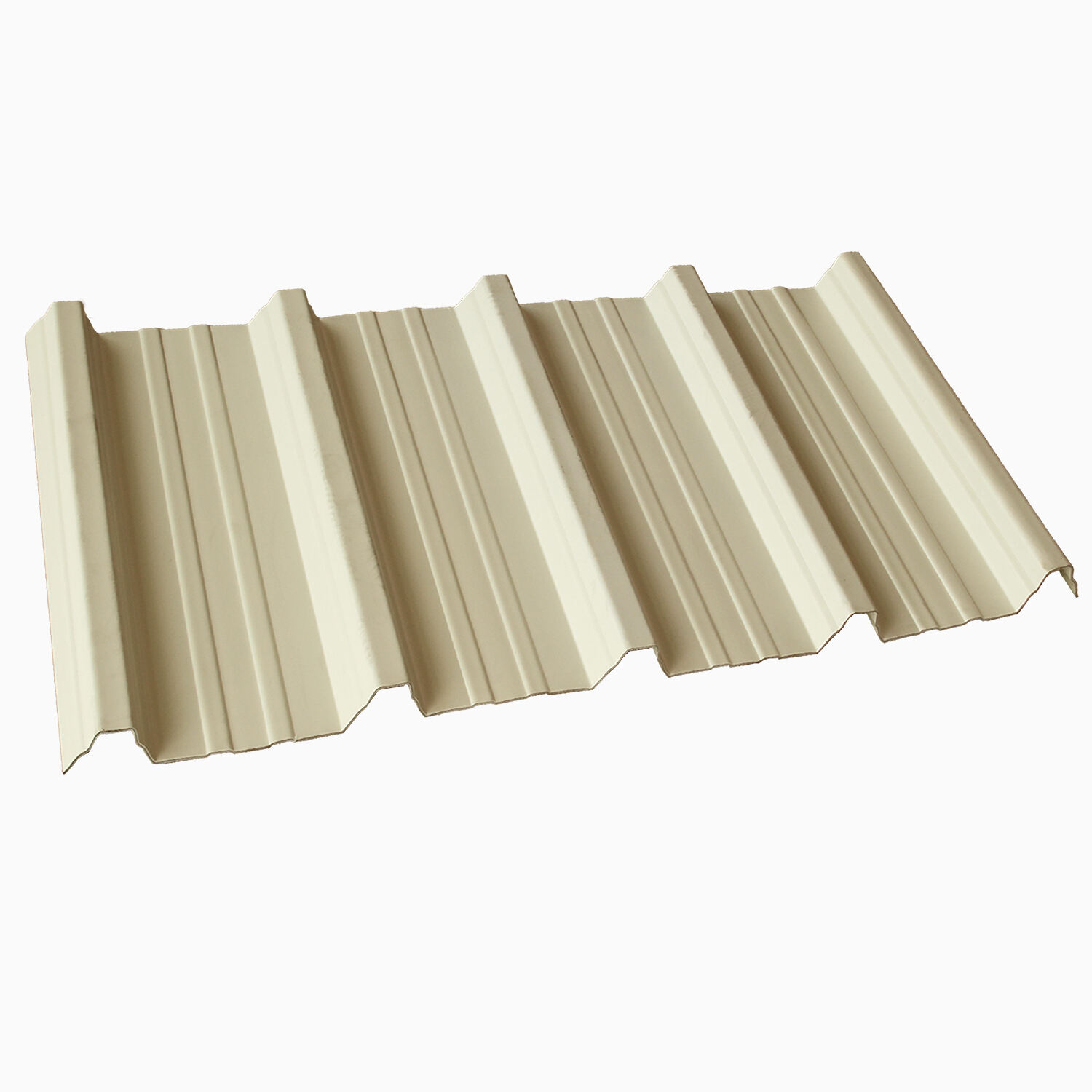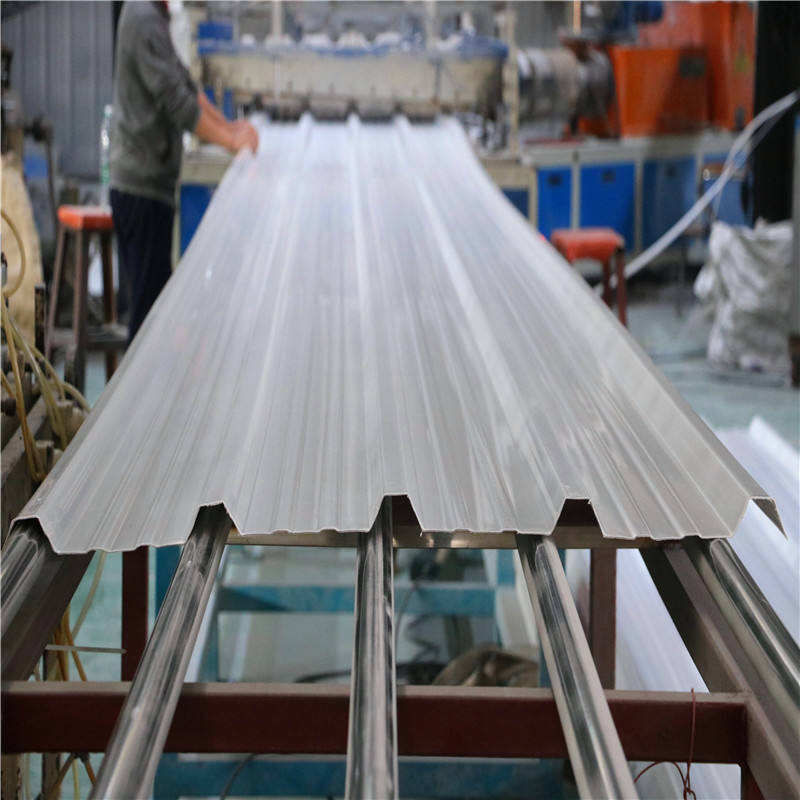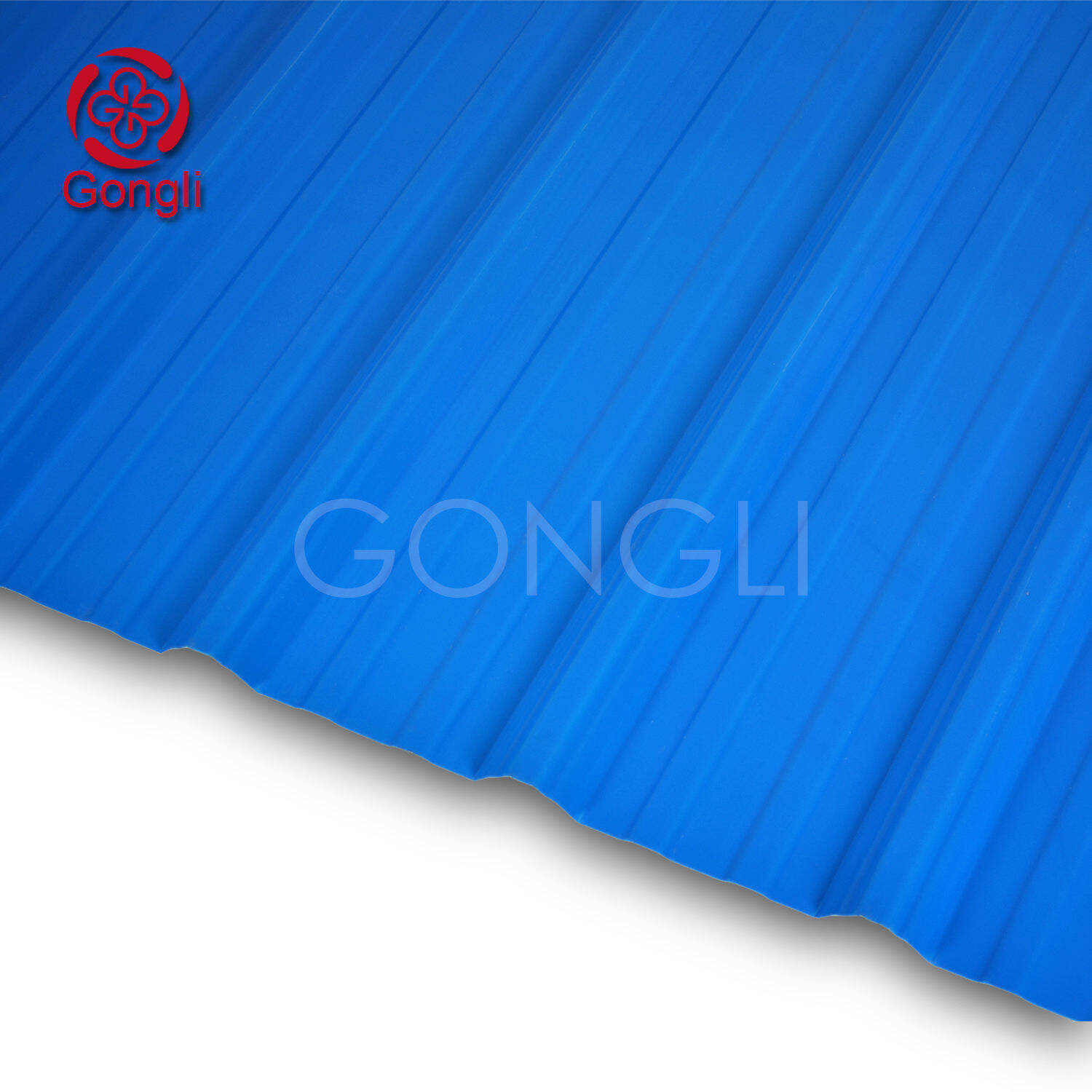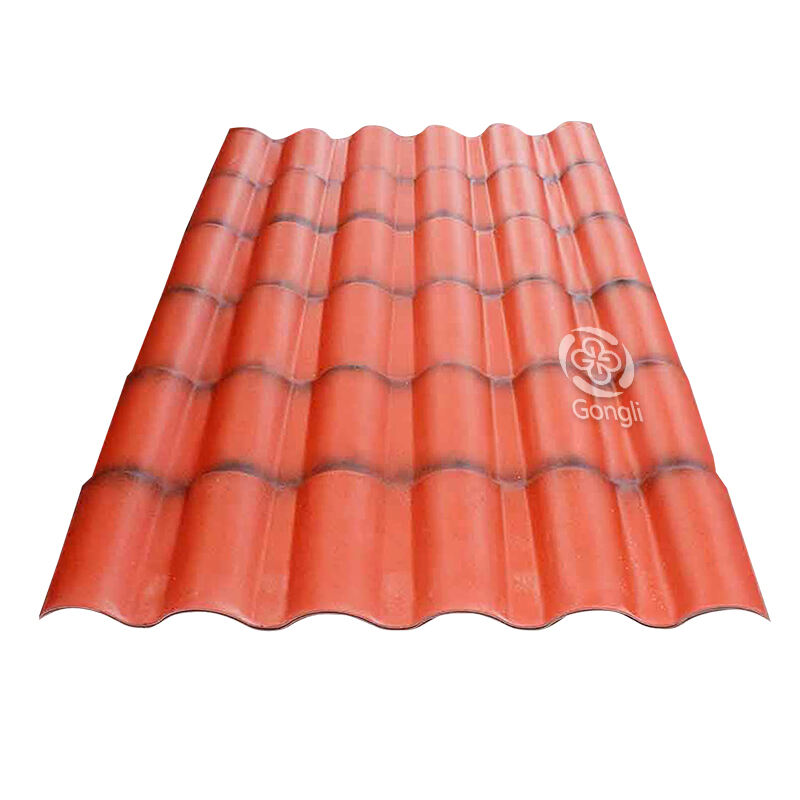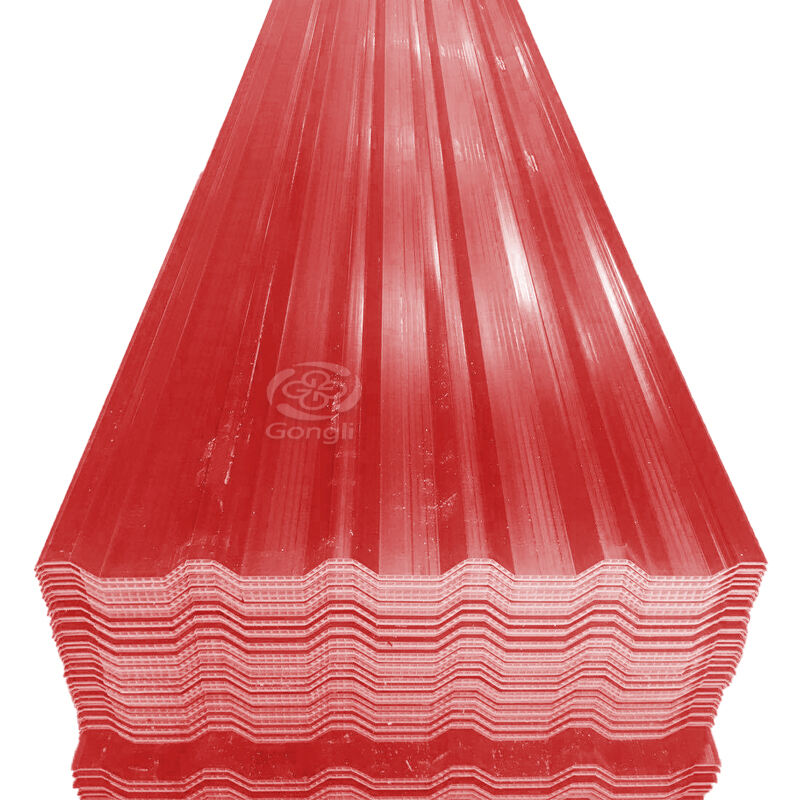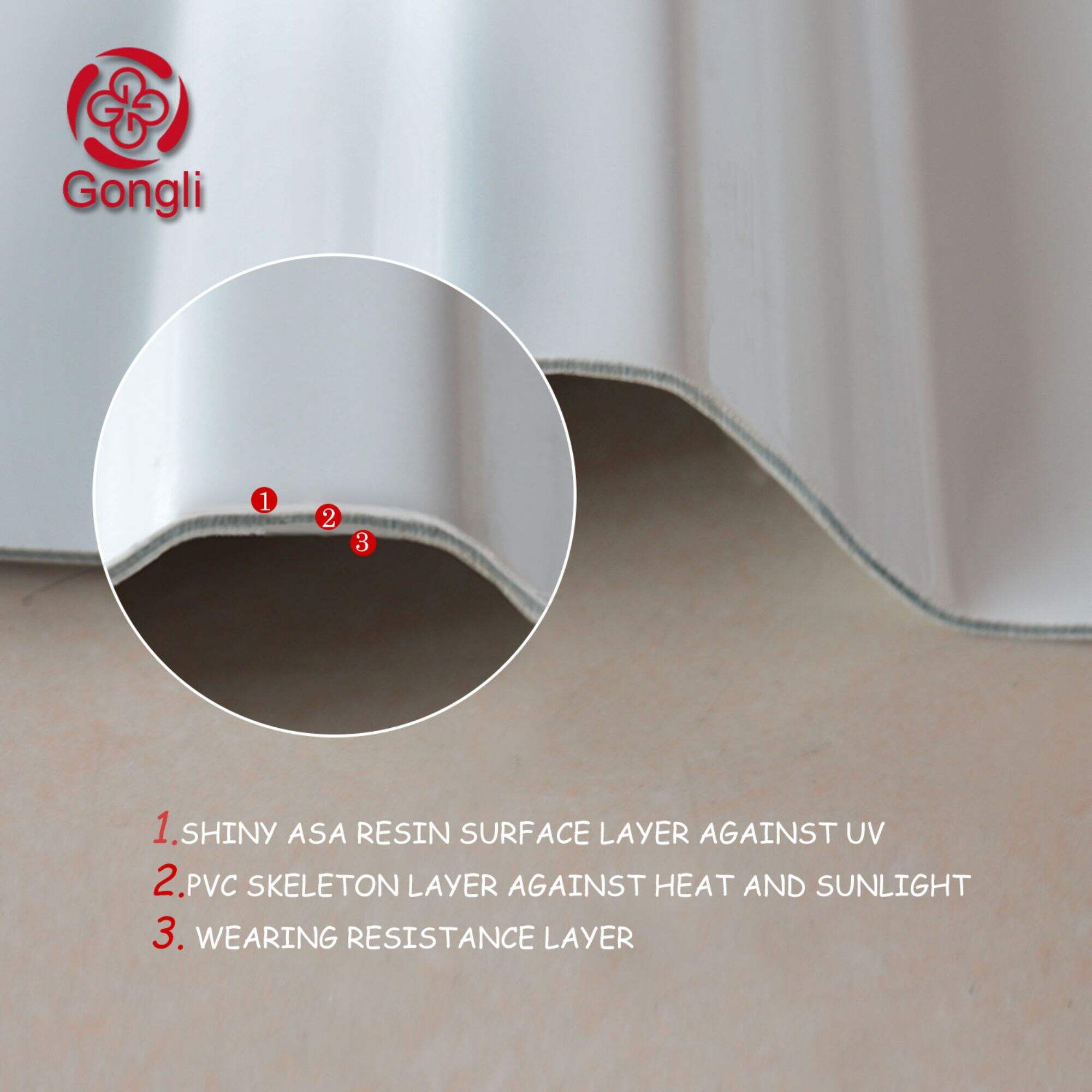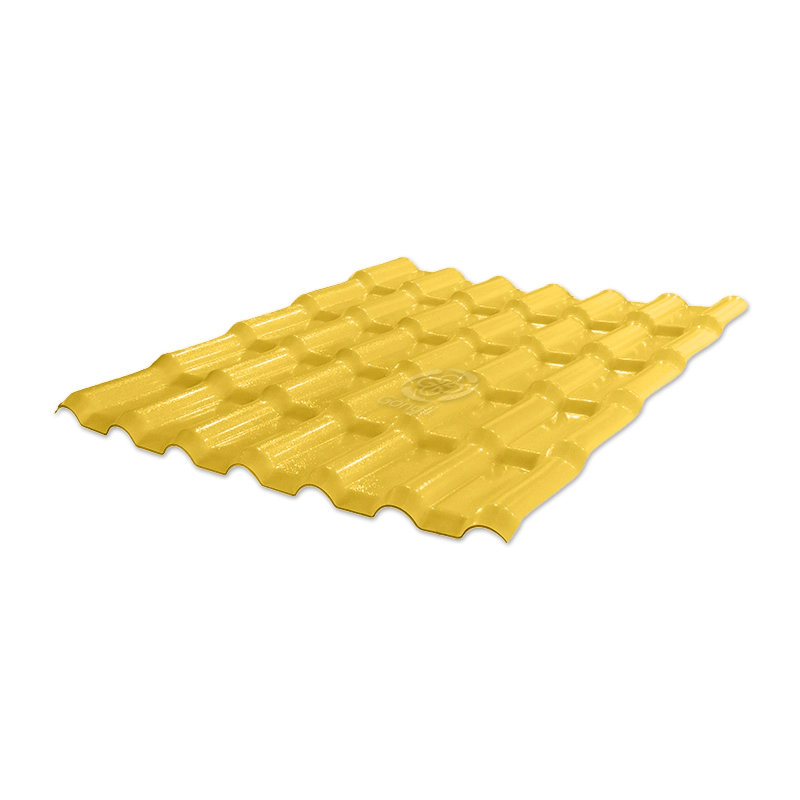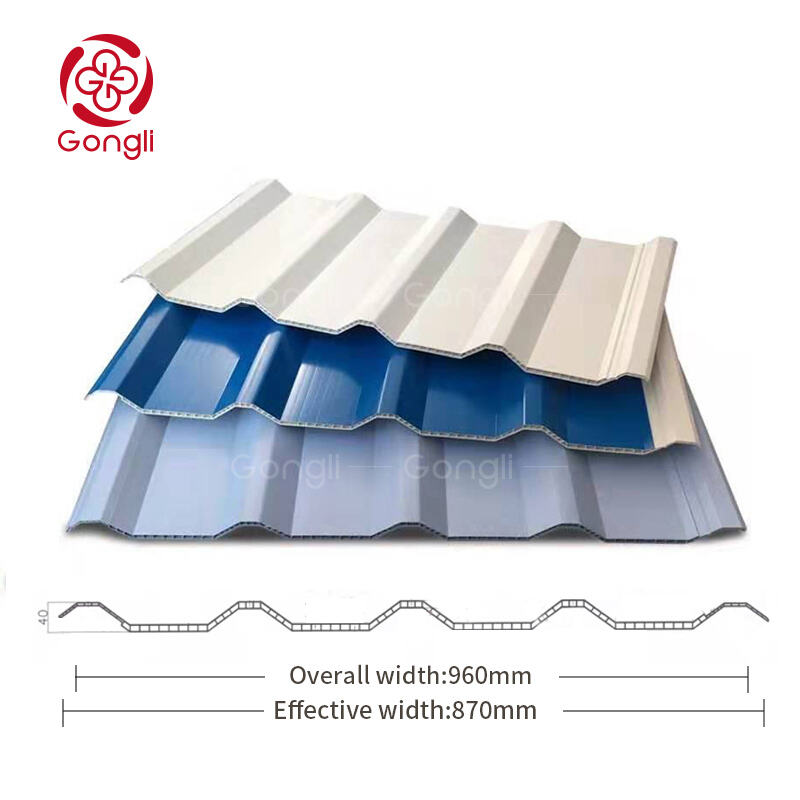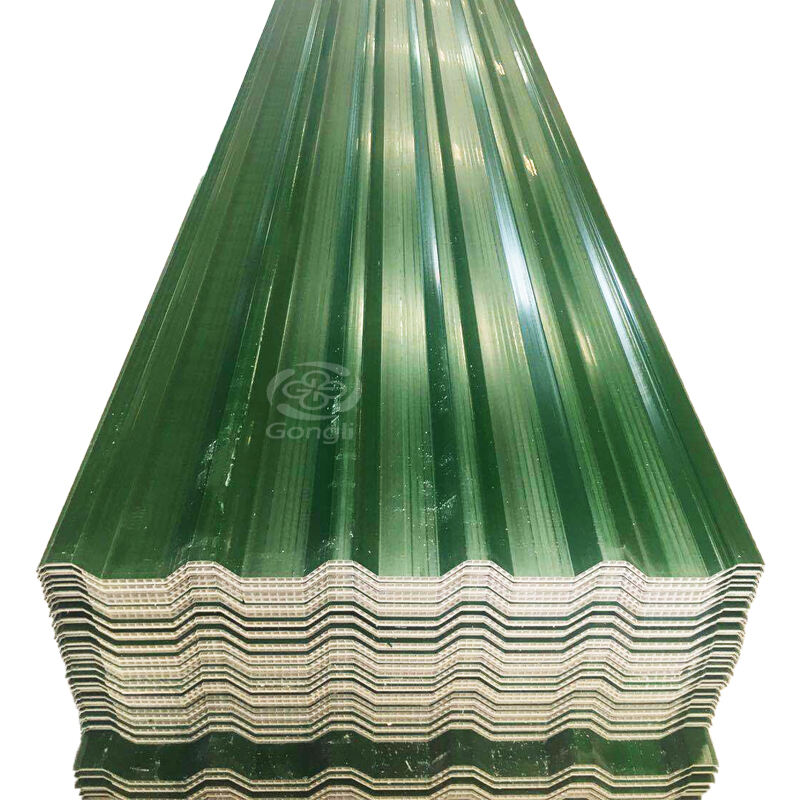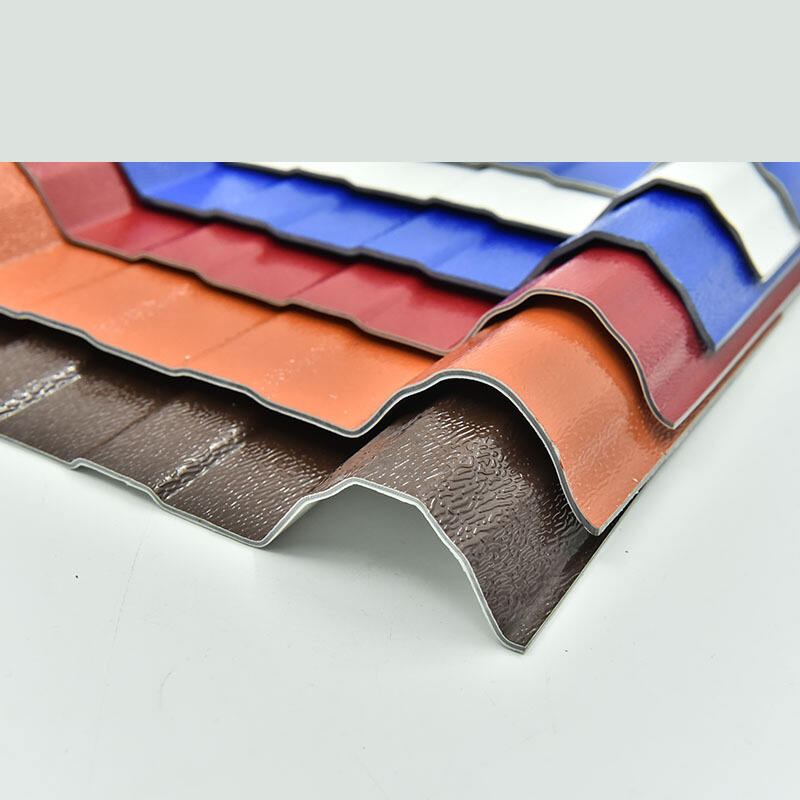Installation Efficiency of PVC Roofing Sheets for Commercial Projects
Why PVC Roofing Sheets Excel in Commercial Installation Efficiency
Lightweight Design for Faster Handling
PVC roofing sheets excel in commercial installation efficiency due to their lightweight design. Being significantly lighter than traditional materials, such as metal or concrete, reduces the weight burden on the building structure, facilitating faster loading and installation times. This feature is especially beneficial in urban settings where quick setups can minimize labor costs and further reduce disruptions on-site. The lighter load simplifies transportation and handling, allowing contractors to stay ahead of schedules and enhancing the overall productivity of the project.
Prefabricated Components Minimize On-Site Labor
Another factor contributing to the efficiency of PVC roofing sheets is the use of prefabricated components. This approach involves precision manufacturing, which ensures that all pieces fit seamlessly during installation. This not only saves time but also lessens the need for custom modifications on-site, allowing the installation crew to focus on ready-to-use components. The prefabrication method also enhances quality control since the components are made in controlled environments before being transported for installation. This means a higher standard of fit and finish is achieved with less room for error.
Seamless Integration with Modern Roofing Tile Lines
PVC roofing sheets demonstrate a seamless integration with modern roofing tile lines, giving architects and contractors the flexibility needed for aesthetic and functional applications. These sheets can be incorporated into various design concepts without sacrificing performance, making them ideal for ambitious and innovative roofing projects. The ability to quickly adapt aesthetic elements on-site further speeds up project completion times, allowing for efficient yet visually appealing building designs. This versatility supports both architects’ creative visions and contractors' practical goals, ensuring optimal outcomes in contemporary building projects.
Step-by-Step Process for Efficient PVC Roofing Installation
Pre-Installation Surface Preparation
Effective surface preparation is the foundation for ensuring optimal adhesion and longevity in PVC roofing systems. By incorporating techniques like cleaning and smoothing the substrate, contractors can significantly facilitate efficient installation and extend the lifespan of the roofing. Proper preparation also plays a crucial role in mitigating potential issues such as water infiltration, which could arise from improper setup. Consistent and thorough surface preparation ensures that the PVC roofing adheres well and provides dependable performance over the years.
Mechanically Fastened vs. Fully Adhered Systems
Understanding the differences between mechanically fastened and fully adhered systems is crucial for optimizing installation strategies. Mechanically fastened systems tend to be quicker to install due to their reliance on physical anchors, making them ideal for time-sensitive projects. Meanwhile, fully adhered systems may offer better wind resistance and overall stability, suitable for areas with harsh weather conditions. Choosing the right installation method based on building type and local climate significantly enhances efficiency in labor and material utilization. Contractors must weigh these options carefully to adapt strategies that suit specific project needs.
Heat-Welded Seams for Watertight Performance
Heat-welding seams ensure a durable bond that substantially enhances the waterproof capabilities of PVC roofing, thereby reducing the risk of leaks throughout the roof's lifespan. This technique creates a continuous roofing surface, effectively eliminating seams that could become points of failure over time. Proper training and execution in heat-welding can significantly improve installation efficiency and the long-term performance of the roof. As a result, this method is a preferred choice for contractors aiming for reliable and enduring roofing solutions.
Time and Cost Savings with PVC Roofing Systems
Reduced Labor Hours Through Modular Assembly
The modular design of PVC roofing systems drastically reduces installation time, making them an appealing choice for commercial projects looking to optimize efficiency. Components are pre-engineered to fit seamlessly, streamlining the assembly process and leading to lower labor costs. This modular assembly is statistically shown to cut labor hours by up to 40%, effectively lowering overall project expenses. This efficiency not only enhances project timelines but also contributes significantly to cost savings, making PVC roofing a smart investment for businesses aiming to maximize financial returns on their construction budgets.
Elimination of Structural Reinforcement Needs
One of the outstanding benefits of PVC roofing systems is their lightweight nature, which eliminates the need for additional structural reinforcement. This characteristic significantly expedites installation processes and reduces material costs, offering substantial savings to contractors. By avoiding structural modifications often needed for heavier materials, projects can proceed promptly and cost-effectively. Industry estimates suggest that adopting PVC can lead to notable cost reductions by circumventing structural challenges typically associated with traditional roofing options, enabling faster project completion and financial efficiency.
Lower Lifetime Maintenance Requirements
PVC roofing systems are praised for their durability and low maintenance needs, providing long-term cost savings for property owners. Research indicates that these systems can last for over 20 years with minimal maintenance compared to other roofing materials, which translates into fewer replacements or repairs over their lifespan. This longevity is a promising aspect for businesses, offering them a sound investment with reduced frequency of costly interventions. These advantages highlight PVC roofing’s value as a practical choice for enterprises seeking durable and maintenance-efficient solutions.
Best Practices for Maximizing PVC Installation Efficiency
Optimal Weather Conditions for Installation
The installation of PVC roofing systems is most efficient under optimal weather conditions and mild temperatures, paired with low humidity, significantly enhance the adhesion of PVC sheets. Favorable conditions allow for quicker installation, reducing the risk of adhesion failures and improving overall project quality. Research suggests that installing under these ideal conditions can improve installation quality by up to 30%, thus minimizing future repair needs. This proactive approach not only ensures the immediate success of the project but also contributes to long-term maintenance savings.
Coordinating with HVAC and Solar Installations
Effective coordination between the installation of PVC roofing and auxiliary utilities, such as HVAC and solar systems, can significantly optimize project timelines and costs. By strategically aligning installation schedules, companies can ensure the efficient use of labor and resources, thereby preventing costly delays. Industry studies have highlighted that collaboration across these installations can decrease overall project timelines by up to 25%. Such synchronized efforts enhance operational efficiency and streamline project execution, ultimately contributing to an increase in client satisfaction and return on investment.
Quality Control Checks During Thermal Welding
Implementing rigorous quality control checks during the thermal welding process of PVC roofing systems is crucial for maintaining overall project reliability. Regular inspections ensure that welding seams are water-resistant and adhere to prescribed standards, minimizing leakage risks and enhancing longevity. Data from construction quality assessments indicate projects with consistent quality checks during installation exhibit a 40% lower warranty claim rate. This meticulous approach underscores a commitment to excellence and significantly reduces the need for future repairs, saving both time and money for property owners.
Comparing PVC to Alternative Commercial Roofing Materials
Installation Speed vs. EPDM Rubber Roofs
When it comes to installation speed, PVC roofing stands out against EPDM rubber roofs. Thanks to its prefabrication capabilities and being lightweight, PVC is installed considerably faster. In fact, analytics indicate that PVC roofs can be installed in up to 30% less time than their EPDM counterparts. This accelerated installation can greatly reduce overhead costs in commercial projects by minimizing labor hours and associated expenses. The savings on time alone make PVC an attractive option for many project managers looking for efficiency.
Long-Term Efficiency Gains Over TPO Systems
Although TPO systems have been gaining popularity, PVC offers superior long-term energy efficiency. The reflective properties of PVC significantly reduce HVAC costs, as it maintains temperature control more effectively. Research suggests that over a 20-year period, the energy savings from a PVC roof can surpass the initial installation cost by over 50%. Such financial benefits position PVC as a more cost-effective option in the long haul, especially for those mindful of operational expenditures.
Durability Advantages Against Metal Roofing
In terms of durability, PVC roofing generally outperforms metal roofing by providing greater resistance to extreme weather conditions. PVC is notably less prone to punctures and fading, while metal roofs can suffer from corrosion, affecting their functionality and aesthetics over time. Studies have highlighted that PVC roofs can have a significantly longer lifespan than metal alternatives, thereby delivering a better return on investment for commercial properties. The added resilience and longevity make PVC a compelling choice for businesses prioritizing durability.
Recommended Products
Hot News
-
How to choose the right roof tile
2024-01-24
-
PVC Plastic Tiles: The Ideal Roofing Material
2024-01-24
-
The Essentials of Synthetic Resin Tile Manufacturing
2024-01-24

 EN
EN
 AR
AR
 BG
BG
 HR
HR
 CS
CS
 DA
DA
 NL
NL
 FI
FI
 FR
FR
 DE
DE
 EL
EL
 HI
HI
 IT
IT
 JA
JA
 KO
KO
 NO
NO
 PL
PL
 PT
PT
 RO
RO
 RU
RU
 ES
ES
 TL
TL
 IW
IW
 ID
ID
 LT
LT
 VI
VI
 TH
TH
 TR
TR
 AF
AF
 MS
MS
 KM
KM
 LO
LO
 MY
MY

